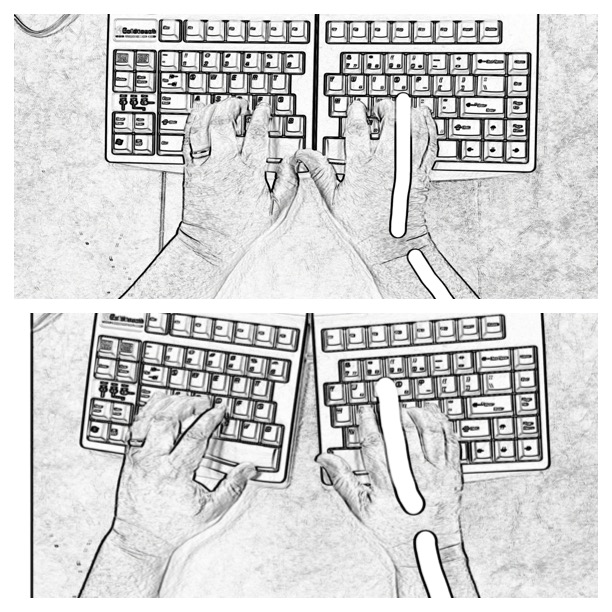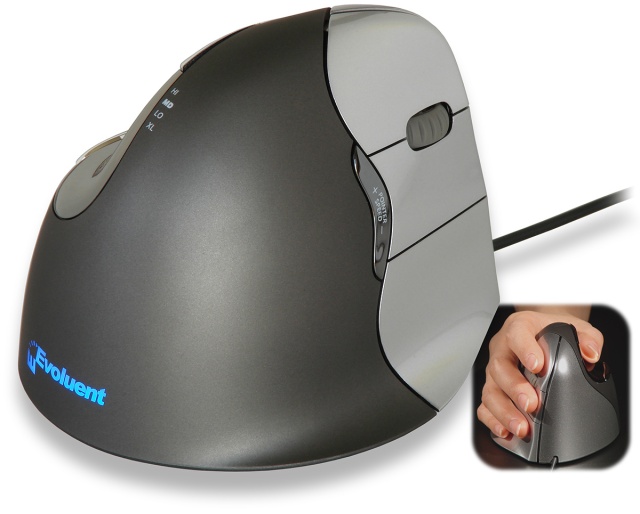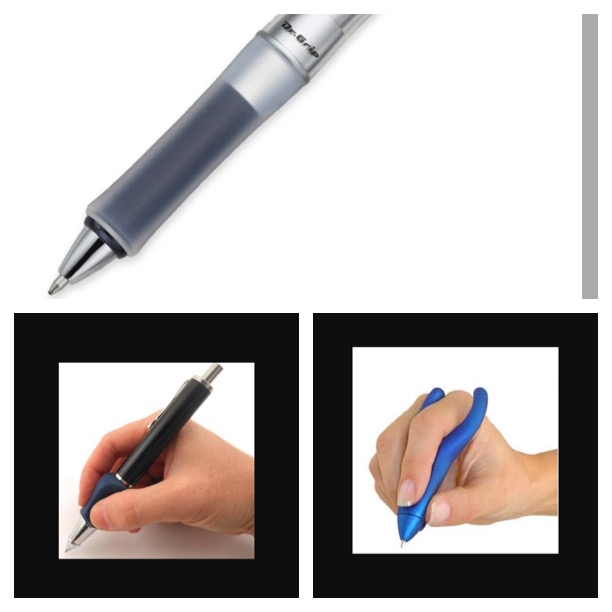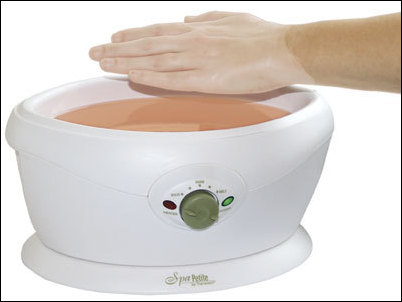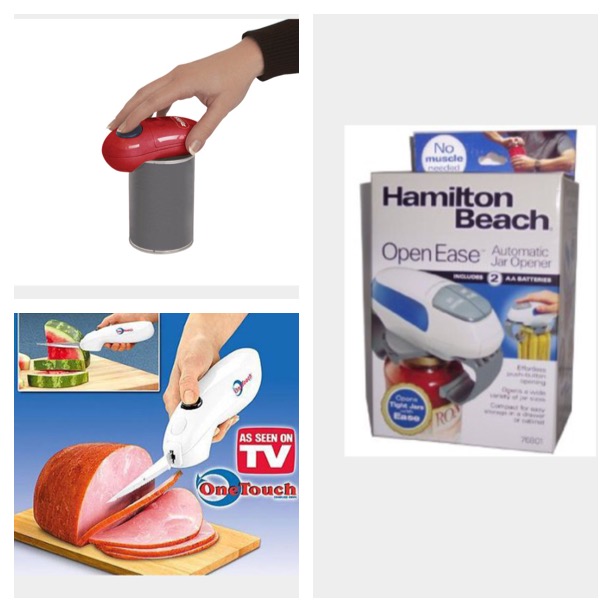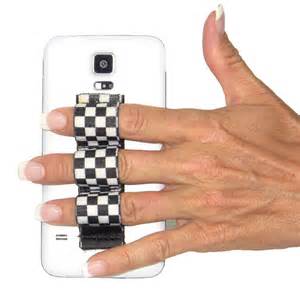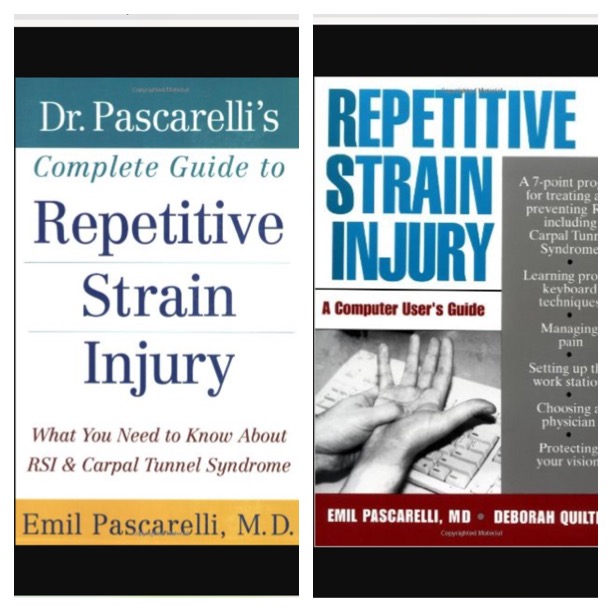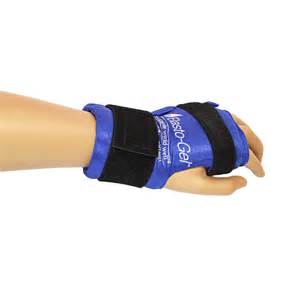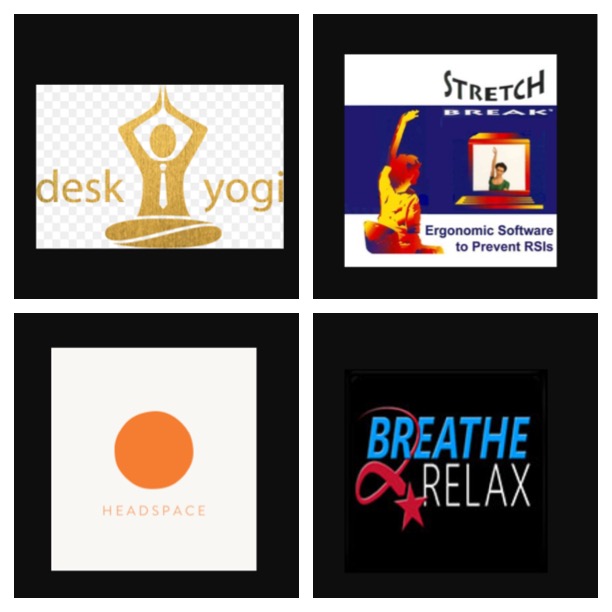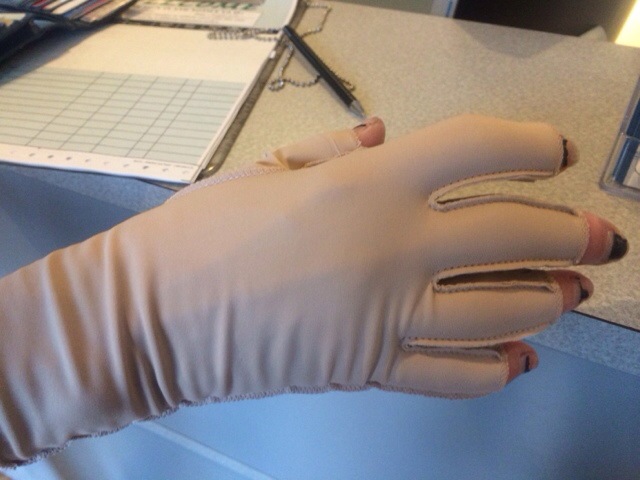A quick overview of carpal tunnel syndrome.
A – Anatomy
The carpal tunnel is s small canal, about the circumference of the index finger, located at the wrist. The tunnel receives its name from the eight small wrist bones, the carpal bones, which form its shallow u-shaped floor. The roof of the tunnel is the transverse carpal ligament that attaches from one end of the “u” to the other. The nine finger tendons that bend the finger joints and the thumb tip pass through the tunnel along with the median nerve.
B – Braces
Wrist braces can be used to position the wrist in the neutral position. The wrist should be flat (not bent forward or back) and straight (the middle flinger in line with the long forearm bones so that the wrist is not angled to one side or the other). For every 15 degrees that the wrist is bent forward or back, the pressure on the median nerve increases. Braces should not be worn all the time or you risk making joints tight and muscles weak. Weak muscles are at risk for greater damage. Braces should be worn at night for positioning and for short periods during the day for aggravating activities. If the injury is acute and very painful, your medical practitioner may advise you to wear braces continuously for a brief period of time (usually about two weeks or so).
C – Compression
With overuse, repetitive activity, or awkward positioning, the nine tendons in the carpal tunnel or their sheaths may become inflamed or the transverse carpal ligament may thicken. This compresses the median nerve in the narrow area of the carpal tunnel. The nerves are responsible for power to the muscles and for sensation to an area of skin. If the nerve is compressed, numbness and muscle atrophy can occur. The median nerve in the carpal tunnel is responsible for sensation to the thumb, index finger, middle finger, and part of the ring finger. It provides power to the thick wad of muscle tissue (the thenars) at the base of the thumb. These muscles are responsible for fine motor control and positioning of the thumb.
D – Decompression
The carpal tunnel release surgery opens up the ligament that forms the roof of the carpal tunnel and decompresses the nerve. When the roof of the tunnel is opened, the nerve has between 20-40% more breathing room. With less pressure, the nerve can begin to heal from compression damage and is better able to tolerate aggravating activities.
E – Exercises
An exercise program of tendon and nerve glides can be helpful in reducing carpal tunnel syndrome symptoms.
F – Fitness
Performing 15-20 minutes of light cardiovascular activity daily can increase oxygen and blood flow out to the hands and help promote healing of injured tissues. A fit body works and heals better than an unhealthy body.
G – Genetics
Studies are now showing that there is a genetic predisposition to develop carpal tunnel syndrome. For those who may be prone to developing such injuries, taking prevention measures is critical. Seek out information on ergonomics, exercise regularly, and practice a healthy life-style to reduce your risk.
H – Hot Packs
Heat increases blood flow. Using hot packs can increase flexibility of stiff joints and reduce aching. It may also increase acute inflammation. Do not use heat on new injuries or inflamed areas. For chronic pain without swelling, it may be helpful. Be careful of burning tissues, especially if sensation is impaired.
I – Ice Packs
Cold reduces blood flow. Ice packs can reduce acute swelling and reduce aching. However, joints will temporarily feel stiffer after using cold packs. Wait until the tissues warm up (20-30 minutes) before using the hands intensely after cold pack application. Be careful of causing an ice burn, especially if sensation is impaired.
J – Job Rotation
Repetitive activity can cause swelling in the finger tendons and place pressure on the median nerve. By rotating through a variety of different activities during the workday, you can reduce potentially damaging repetitive activity.
K – Kick the Habit
Cigarette smoking depletes the tissues of oxygen and delays healing of damaged tissues. Within 2 weeks to 3 months of quitting, circulation improves and lung function increases up to 30% allowing the body to heal damaged tissues more effectively.
L – Laptops
The portability and compact size of laptop computers offer many benefits. However, because the screen and monitor are connected, it is difficult to position the laptop in a good ergonomic position. When positioned ideally for wrist and elbow comfort, the neck is bent forward. When the neck is good alignment, the keyboard is too high for the arms. Change the laptop surface height occasionally to vary position and stretch frequently. Or purchase an external keyboard for your laptop.
M – The Mouse
Position the mouse at the same level of the keyboard and in as close as possible to the keyboard so you are not reaching forward or to the side when using it. Move the mouse by initiating movement through the shoulder and not the wrist. Do not rest the wrists on the table during mouse or keyboard activity. The wrists should glide over the desktop.
N – Numbness
Sensation changes, such as tingling or numbness, are classical symptoms of carpal tunnel syndrome. Numbness is often felt at night because of sleeping position. Many people sleep with their wrists and elbows bent in the fetal position. Using wrists braces to keep the wrists neutral may help alleviate symptoms.
O – Obesity
Obesity is now being linked to carpal tunnel syndrome. Those who are overweight may be more than twice as likely to develop symptoms.
P – Prevention
Preventing carpal tunnel syndrome requires a comprehensive approach in three areas – ergonomic interventions, general and specific exercise programs, and healthy life-style practices.
Q – QWERTY
The QWERTY keyboard design was actually developed to slow down typists who typed so quickly that they tangled the keys on old-style typewriters. With the QWERTY keyboard design, commonly used keys and letters are actually being manipulated by the weakest fingers. Using both hands to perform 2-key functions and using hot keys, macros and “sticky” keys can help to reduce the stress on the hand by eliminating keystrokes.
R – Repetitive Strain Injury
Carpal tunnel syndrome is a specific type of injury (nerve compression) in the general category of repetitive strain injuries. A repetitive strain injury is one that develops from the micro-trauma of daily use (from repetition, awkward position, and stressful use) versus a traumatic injury.
S – Strengthening
Many people with carpal tunnel syndrome report weakness in the hands. Squeezing putty, tennis balls, foam balls or hand grippers can actually increase symptoms. These are the muscles you have been using all day and they may already be inflamed and painful. Instead, place a rubberband around the finger tips and open the fingers against the light resistance. This strengthens the opposite muscles and helps establish muscular balance.
T – Tests
Several common medical tests can help your physician diagnose carpal tunnel syndrome. The tinel’s test is positive when tapping on the median nerve over the wrist causes an electrical shock or tingling sensation. The phalen’s test is positive when holding the wrist in a bent position for one minute reproduces sensations of numbness or tingling in the fingers. A nerve conduction velocity examination tests the speed of the nerve impulse from one point to another. An impulse that travels more slowly than normal is likely to be traveling through a blocked area – or nerve compression site.
U – Ultrasound
Ultrasound is one of many therapeutic techniques used to improve circulation and decrease pain. Other techniques that may be used by a physical or occupational therapist include use of heat and cold, use of electrical stimulation, cold laser, instruction in exercises and stretches, education in ergonomics, and massage techniques.
V – Vitamins
Some studies show that taking vitamin B6 is helpful for reducing symptoms of carpal tunnel syndrome. The B-vitamins play an important role in nervous system function and can help prevent muscle cramps. Taking a B-complex vitamin daily may help to alleviate symptoms.
W – Water
Appropriate water intake of 6-8 glasses a day is important for hydration of the muscle tissues. Muscle function may decrease 20-30 percent when the tissues are dehydrated. Drinking water helps the body flush out toxins, protects joints and muscles, and reduces muscle cramping and fatigue.
X – X-rays
X-rays show bony structure. They do not provide a picture of the soft tissues such as the tendons and the nerves. The doctor will perform other tests to determine if carpal tunnel syndrome is the diagnosis. An X-ray may be taken to rule out fracture or arthritis as the cause of symptoms versus repetitive micro trauma.
Y – Yoga
Some of the many benefits of performing yoga include increasing relaxation and reducing stress, increasing oxygen levels to the body through specific breathing patterns, stretching muscles and increasing flexibility of the joint, and toning muscles. Seek a qualified instructor who has some experience with injuries and can modify potentially irritating or stressful postures.
Z – Zzzzzz’s
A good night’s rest is important to allow damage to heal. Nighttime is when the body is able to repair the damage of micro-trauma.






